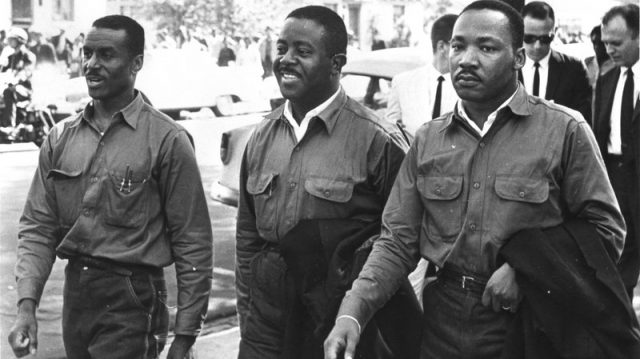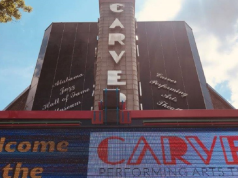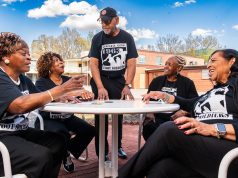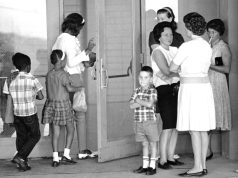
history.howstuffworks.com
In 1963, Martin Luther King Jr. chose Birmingham, Alabama, as a new place of focus for his campaign. The city was notorious for its violence against blacks — 18 unsolved bombings had occurred over six years, and several Freedom Riders were hurt because of then-public safety commissioner Bull Connor’s failure to station guards at the bus stations. King felt it was time for a change in Birmingham.
After a series of sit-ins and arrests, however, King didn’t know what else to do; the arrests weren’t getting anything done except to fill up the already overcrowded jails. So King challenged the status quo and got himself arrested on Good Friday, April 12. When placed in solitary confinement, he read an advertisement taken out by white ministers that derided his efforts in Birmingham, calling his actions “unwise and untimely.” Using the margins of the newspaper and toilet paper and a pencil, King wrote the famous “Letter from Birmingham Jail,” one of the most famous documents from the civil rights era. In it, he wrote:
“We know through painful experience that freedom is never voluntarily given by the oppressor; it must be demanded by the oppressed. […] For years now I have heard the word ‘Wait!’ It rings in the ear of every Negro with piecing familiarity. This ‘Wait’ has almost always meant ‘Never.’ We must come to see, with one of our distinguished jurists, that ‘justice too long delayed is justice denied.'”
After officials released King on April 20, he and the SCLC worked out a new tactic: the use of children in protests. The reason for this, according to James Bevel, on of King’s lieutenants, was that “most adults have bills to pay — house notes, rents, car notes, utility bills — but the young people … are not hooked with all those responsibilities.” On May 2, black children between the ages of 6 and 18 marched downtown singing “We Shall Overcome.” The children were arrested and carted over to the jails in vans and buses. Within three hours, the jails were overcrowded with hundreds of young blacks. The next day, more children showed up to march downtown, and Bull Connor ordered firefighters to turn high-pressure hoses on the young, nonviolent protesters. Blasts from the hoses hit the children so hard they were sent tumbling down the street. Television cameras were capturing it all, of course, and the nation watched in shock.
The attention led President Kennedy to propose a Civil Rights bill, and to demonstrate the bill’s support, the March on Washington was set up. Some 250,000 people of all races gathered in Washington, D.C. — it was here Martin Luther King Jr., gave his famous “I Have a Dream” speech. Although Kennedy was assassinated in November 1963, the Civil Rights Act of 1964 was signed by President Lyndon Johnson on July 2, making sure blacks were included in all public facilities. A year later Johnson also signed the Voting Rights Act of 1965, prohibiting illegal legislation such as literacy tests and poll taxes.




